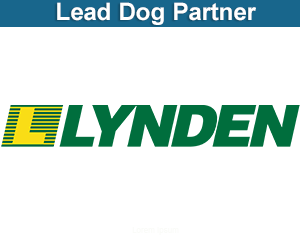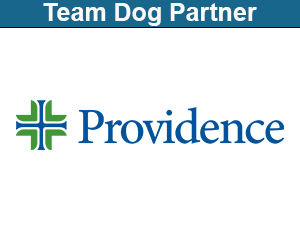by Stuart Nelson, Jr., DVM
The medical topic for this discussion pertains to a condition affecting the respiratory tract, and more specifically, the larynx. The disorder, which may be inherited or acquired, is referred to as laryngeal paralysis or laryngeal hemiplegia. It is considered as a hereditary abnormality in Siberian Huskies and husky mixed breeds, as well as Bouvier des Flandres. Although any breed may acquire this condition, it is seen more commonly in Labradors, Golden Retrievers, Irish Setters, St. Bernards and Newfoundlands. Acquired causes include head trauma, localized tumors or infections, and possibly, hypothyroidism (low thyroid hormone levels). More typically, the actual cause is unknown (idiopathic).
The larynx is a complex anatomical structure. Its two primary functions include protecting the trachea (and lungs) from aspiration of water, food, saliva, sticks, bones or whatever else a dog may have in the mouth, and generating sounds. The vocal folds are two thin membranes (one on each side) that vibrate within the larynx to create each unique bark, howl or whine. Normally, as a dog breathes, the arytenoids cartilages and vocal folds abduct (pull away from the center of the larynx) with each breath to maximize the airway diameter. By doing so, inhaled air can pass smoothly to the lungs with minimal impedance or turbulence. If abduction does not occur in a normal fashion, then the vocal folds will create varying degrees of blockage to airflow, which if severe enough, can be fatal. If only one vocal fold is affected (one side), the condition is referred to as laryngeal hemiplegia. If both are involved, it is referred to as laryngeal paralysis or bilateral laryngeal hemiplegia.
The first sign of this condition is an increase in respiratory noise, particularly when the dog pants and/or exercises. A high pitched, whistling or raspy sound becomes evident on inspiration, especially when panting. The initial signs will progress to diminished exercise tolerance and increased panting. Usually the functional disorder seems to worsen gradually over weeks to months. However, any increase in activity or ambient temperature that stimulates excessive panting can relatively quickly create a crisis situation. Dogs pant primarily to increase airflow (oxygenation) and to cool themselves. Increased panting in conjunction with an impairment of vocal fold function creates turbulence that can quickly inflame vocal folds, resulting in acute swelling of those membranes and even greater restriction of airflow. If both vocal folds become affected (bilateral), very little space is available for air to move through the larynx, and a dog can become hypoxic (oxygen deficient) and/or hyperthermic (overheat) even with minimal exertion. In advanced cases, difficult and rapid breathing can progress to wretching, weakness and collapse. Obviously, emergency veterinary care would be needed in such situations.
A veterinary exam of a dog in stable condition that is suspected of having a laryngeal disorder, would typically include chest and upper airway radiographs, in conjunction with a general health panel (blood testing), as part of the patient overall assessment. A confirmation of the condition necessitates lightly sedating the dog to visualize the vocal fold movement (or lack thereof) as the dog breathes.
The best potential long-term treatment for a dog with laryngeal hemiplegia or paralysis is corrective surgery. There are several different techniques, but unfortunately, success rates are variable. Consult your local veterinarian for referral recommendations.
With the exception of the most severe cases, dogs can be managed medically with the disorder, but they will need a regulated lifestyle. Have your veterinarian test for any contributing abnormalities, such as hypothyroidism, and do everything possible to minimize panting. Keeping a dog in a cool location during the summer months and controlling physical exertion are critical to accomplishing this. Obese animals will benefit from a weight loss program. Veterinarians often will prescribe tranquilizers to keep an animal calm during periods of potential stress. In addition, corticosteroids may occasionally be useful for reducing swelling of inflamed vocal folds.

































